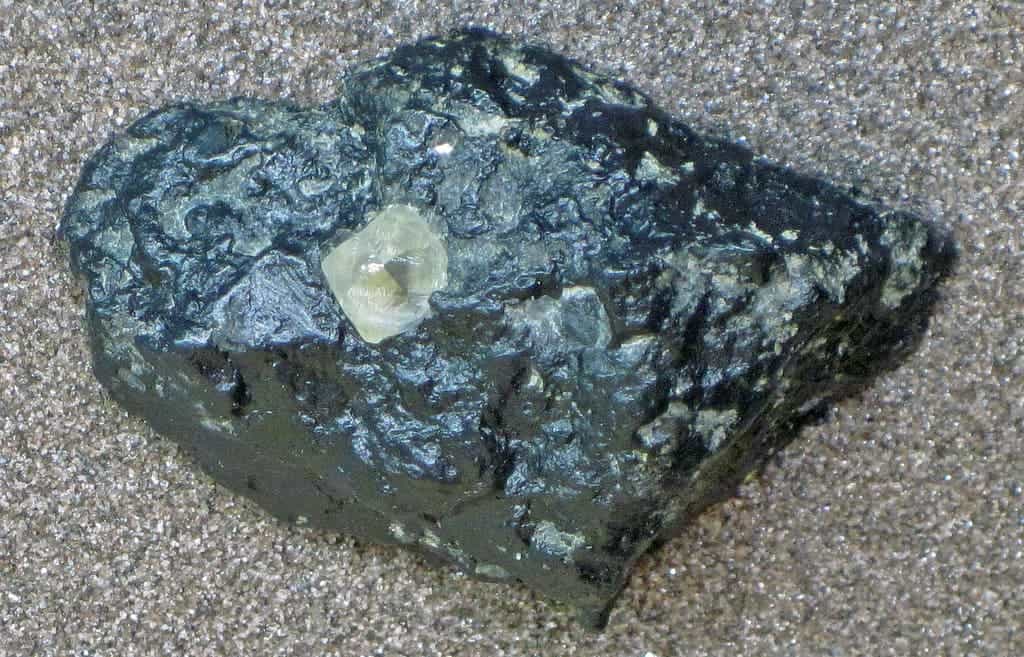A chance discovery by diamond-prospecting geologists provides a glimpse into the Earth’s past.

Image credits James St. John / Flickr
Diamond exploration samples from Baffin Island, Canada point to a never-before-seen part of the North Atlantic craton—an ancient part of Earth’s continental crust that stretches from Scotland to Labrador. The finding will allow researchers to better map the lost continents of Earth’s distant past.
A diamond in you
“For researchers, kimberlites are subterranean rockets that pick up passengers on their way to the surface,” explains University of British Columbia geologist Maya Kopylova. “The passengers are solid chunks of wall rocks that carry a wealth of details on conditions far beneath the surface of our planet over time.”
Kimberlite rocks form very, very deep in the Earth’s crust — similarly to diamonds — and are thus a staple of diamond prospectors around the world. After forming for millions of years at depths of between 150 to 400 kilometers, these rocks are sometimes pushed up to the surface by various geological processes, snatching diamonds along for the ride.
Kopylova and colleagues were analyzing samples from De Beers’ Kimberlite Province Chidliak in southern Baffin Island, when they noticed that the samples were peculiar. Their mineral makeup matched that in other portions of the North Atlantic craton, which is “so unique there was no mistaking it”. The mineral compositions of adjacent ancient cratons have “completely different mineralogies,” Kopylova explains.
Cratons are pieces of continents billions of years old that have remained stable over time and act as the kernel of today’s continents — think of them as anchors that today’s landmasses hold on to. Most cratons have been broken up and moved around by tectonics over time, but some still form the bedrock of modern tectonic plates like the North American plate. Knowing where the pieces of these cratons are today allows researchers to understand how they evolved and moved over time, in essence allowing them to map the evolution of our planet’s surface.
“Finding these ‘lost’ pieces is like finding a missing piece of a puzzle,” says Kopylova. “The scientific puzzle of the ancient Earth can’t be complete without all of the pieces.”
To the best of our knowledge so far, the continental plate of the North Atlantic craton broke apart some 150 million years ago, and the fragments spread from northern Scotland to southern Greenland and Labrador. the newly-discovered fragments would increase its known expanse by roughly 10%.
“With these samples we’re able to reconstruct the shapes of ancient continents based on deeper, mantle rocks,” says Kopylova. “We can now understand and map not only the uppermost skinny layer of Earth that makes up one percent of the planet’s volume, but our knowledge is literally and symbolically deeper.”
“We can put together 200-kilometer deep fragments and contrast them based on the details of the deep mineralogy.”
The paper “The metasomatized mantle beneath the North Atlantic Craton: Insights from peridotite xenoliths of the Chidliak kimberlite province (NE Canada)” has been published in the Journal of Petrology.
Was this helpful?



